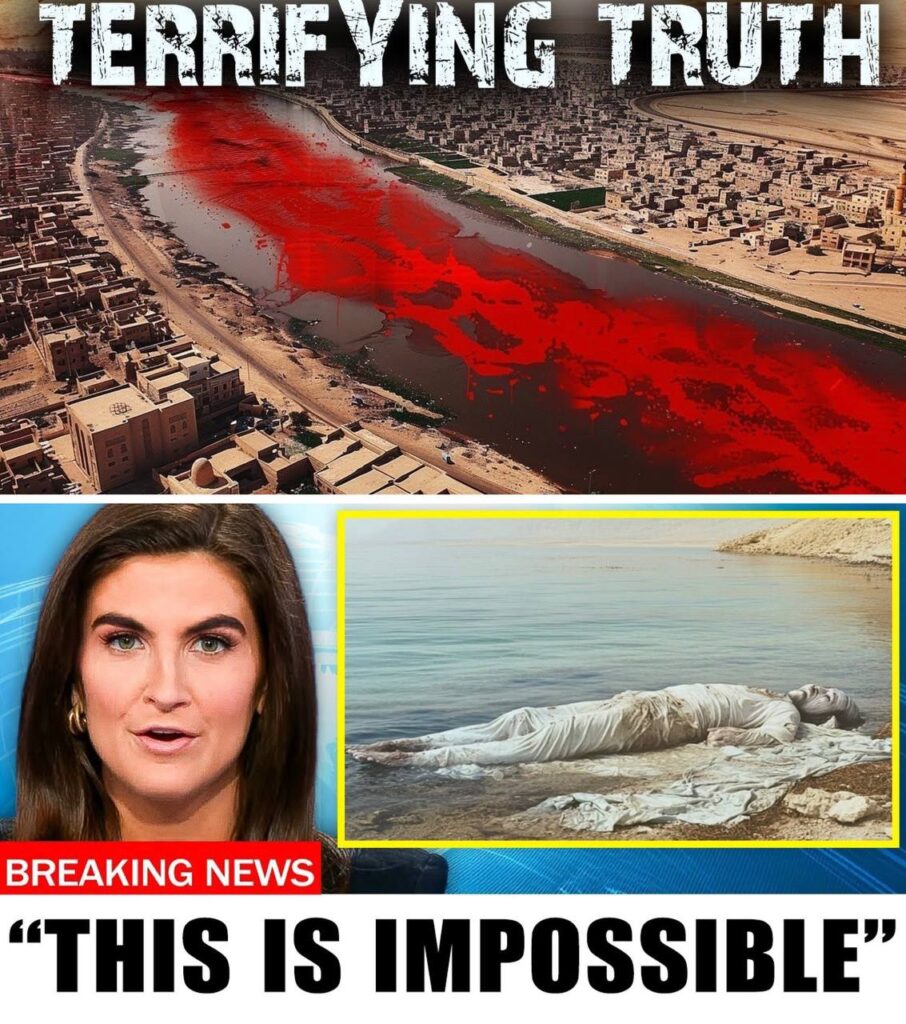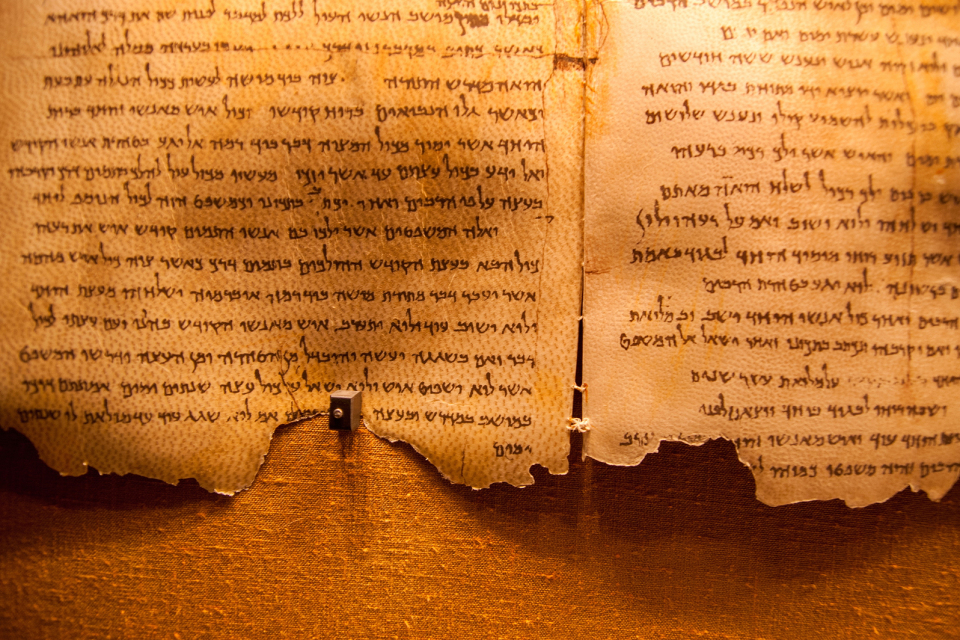Explore the Dead Sea, a unique natural wonder steeped in history and scripture. Discover its geological marvels and cultural significance in our comprehensive guide.
The Dead Sea, a vast, shimmering expanse of hypersaline water nestled between Jordan and Israel, has always held a unique place in human history and imagination. For centuries, its stark, desolate beauty and unusual properties have drawn awe and speculation. Beyond its geological significance and therapeutic benefits, the Dead Sea has also been a focal point of religious discourse, particularly within Christian traditions. Recent changes and phenomena observed around the Dead Sea have reignited these conversations, prompting some to claim that long-held Biblical prophecies are now being fulfilled. But what is the reality behind these claims, and how should Christians approach these complex interpretations?]

The Unique Nature of the Dead Sea
Before delving into the prophetic interpretations, it’s vital to understand the Dead Sea itself. Located at the lowest point on Earth, approximately 430 meters below sea level, it’s a landlocked lake fed primarily by the Jordan River. Its defining characteristic is its extreme salinity – almost ten times that of the ocean – due to the high rate of evaporation and the mineral-rich landscape it occupies. This salinity prevents most forms of life from thriving, hence the name “Dead Sea.” Yet, this same high mineral content gives its waters and mud unique therapeutic properties, attracting visitors for centuries.
The Dead Sea is also a dynamic environment, not a static body of water. Its level has fluctuated dramatically throughout history, influenced by climate change, tectonic activity, and human intervention. Over the past few decades, the Dead Sea has been shrinking at an alarming rate due to increased diversion of water from the Jordan River for agriculture and consumption. This dramatic decline has created sinkholes and a receding shoreline, causing significant environmental and economic challenges.
Biblical Allusions and the Dead Sea
The Bible, particularly the Old Testament, mentions the Dead Sea (often referred to as the Salt Sea or Sea of Arabah) in several contexts. Perhaps the most well-known is the story of Sodom and Gomorrah in Genesis 19, where these cities of iniquity were destroyed by divine judgment, and the region surrounding the Dead Sea is often considered the location. This story has led to the association of the Dead Sea with desolation, judgment, and even a symbol of God’s righteous wrath.
Beyond the story of Sodom and Gomorrah, some Biblical passages have been interpreted as prophecies relating specifically to the Dead Sea’s future. Ezekiel 47, for example, describes a vision of a river flowing from the temple in Jerusalem that eventually reaches and “heals” the Dead Sea, bringing forth fish and vegetation:
“Then he brought me back to the door of the temple; and there was water, flowing from under the threshold of the temple toward the east… Then he said to me, “This water flows toward the eastern region, goes down into the valley, and enters the sea. When it reaches the sea, its waters are healed. And it shall be that every living thing that moves, wherever the rivers go, will live. There will be a very great multitude of fish, because these waters go there; for they will be healed, and everything will live wherever the river goes… So it shall be that fishermen will stand by it from En Gedi to En Eglaim; they will be places for spreading their nets. Their fish will be of the same kinds as the fish of the Great Sea, exceedingly many.” (Ezekiel 47:1-10, NKJV)
This passage has been a source of hope and interpretation for centuries, with many viewing it as a symbolic representation of spiritual renewal. However, some, particularly in modern times, have begun to take these prophecies more literally, watching for signs of actual life returning to the Dead Sea.
The “Stunning” Prophecy Claims and Their Basis
The renewed interest in the Dead Sea’s prophetic significance has been fueled by several recent observations. One of the most notable is the appearance of microorganisms, including bacteria and algae, in sinkholes and freshwater springs around the edges of the shrinking sea. These organisms, considered “impossible” just a few years ago, have been interpreted by some as a literal fulfillment of Ezekiel’s prophecy about the sea being healed. This, along with claims of seeing small fish in certain freshwater pockets, has further fueled the narrative of prophetic fulfillment.
Furthermore, the increased flow of freshwater into some areas of the Dead Sea region, often linked to natural springs or subsurface aquifers, has been highlighted as evidence of the “healing waters” described in Ezekiel. The formation of new plant life in these areas, albeit sparse and limited, has also been seen as a significant sign.

A More Nuanced Understanding: Addressing the Complexity
While the appearance of life around the Dead Sea is undoubtedly remarkable, attributing it directly and exclusively to a literal fulfillment of Biblical prophecy requires a careful and balanced approach. There are several critical points to consider:
- The Scientific Context: The emergence of life around the Dead Sea is a result of natural geological and hydrological processes. As the Dead Sea recedes, freshwater springs and underground aquifers become more accessible. These springs, combined with the mixing of fresh and salt water, create pockets of less saline conditions in which specialized microorganisms, adapted to these environments, can survive. It’s not a sudden miraculous “healing,” but a complex interplay of factors.
- The Interpretation of Prophecy: Biblical prophecy, particularly the prophetic passages in the Old Testament, often employs symbolic and metaphorical language. While Ezekiel’s vision of the Dead Sea being healed certainly inspires hope for renewal and transformation, it might not necessarily indicate a literal biological change. Interpreting such passages requires careful consideration of their historical, literary, and theological context.
- The Difference Between Sign and Fulfillment: The appearance of life around the Dead Sea, while fascinating, might be better understood as a “sign” – a natural phenomenon that resonates with biblical language and themes – rather than a direct, literal fulfillment of prophecy. Focusing solely on literal interpretations can lead to oversimplification and disregard for the broader message of scripture.
- The Human Role: It’s crucial to acknowledge that the shrinking of the Dead Sea and the ecological changes are largely consequences of human activity, particularly excessive water diversion from the Jordan River. Focusing solely on prophetic interpretations can distract from the responsibility to protect and steward the environment and address human-caused problems.
A Christian Response: Wonder, Stewardship, and Hope
The Dead Sea, both in its desolation and in the emergence of life around it, presents Christians with a complex landscape for contemplation. Instead of rushing to conclusions about literal prophetic fulfillment, Christians should:
- Embrace Wonder: The natural world, in all its complexity and beauty, should inspire awe and wonder. The Dead Sea, with its unique geological features and dramatic changes, invites us to reflect on the power and creativity of God.
- Practice Responsible Stewardship: Christians are called to be stewards of the Earth, caring for the environment and addressing the consequences of human actions. The crisis facing the Dead Sea calls for proactive involvement, not passive observation.
- Engage with Scripture Thoughtfully: Interpreting scripture, especially prophetic passages, requires careful consideration of context, language, and theological themes. Avoid simplistic, literal readings and seek deeper understanding of the message.
- Maintain a Balanced Perspective: Recognize that natural phenomena, including the changes around the Dead Sea, are part of the complex workings of the natural world. Avoid becoming fixated on specific prophecies to the exclusion of broader scriptural truths and the call to live out the gospel in the present.
- Hold to Hope: While not a direct and literal fulfilment as often portrayed, the emergence of any life around the Dead Sea can serve as a powerful symbol of hope and God’s power to bring renewal and life even in desolate places. This can be a reminder of the transformative power of God at work in the world.
Conclusion
The Dead Sea continues to be a source of fascination, both scientifically and religiously. The recent changes and the appearance of life around its edges are undoubtedly remarkable. However, instead of jumping to simplistic conclusions about prophetic fulfillment, Christians should embrace a more nuanced understanding that acknowledges both the scientific realities and the rich symbolic language of scripture. The Dead Sea should inspire us to engage in responsible environmental stewardship, seek a deeper understanding of scripture, and hold fast to the hope of God’s renewing power, not just in a distant, future event, but here and now.
FAQ: The Dead Sea: A Testament to Time, Nature, and Scriptural Interpretation
1. What is the Dead Sea?
The Dead Sea is a saltwater lake bordered by Jordan to the east and Israel and Palestine to the west. Known for its extreme salinity, it is one of the world’s saltiest bodies of water.
2. Why is it called the Dead Sea?
The high salinity levels in the Dead Sea prevent most aquatic life from surviving in it, hence the name “Dead Sea.”
3. What is the significance of the Dead Sea in history and scripture?
The Dead Sea holds historical and biblical significance, often mentioned in religious texts. It was a refuge for King David and a place of escape for the biblical Lot. The nearby caves were where the Dead Sea Scrolls were discovered, providing immense insight into early biblical manuscripts.
4. Why is the Dead Sea so salty?
The Dead Sea’s landlocked position, combined with high evaporation rates and minimal water inflow, causes salt and minerals to accumulate, resulting in its high salinity.
5. Can you swim in the Dead Sea?
Yes, you can float effortlessly due to the high salt content. However, swimming is not recommended as the salinity can irritate the skin and eyes.
6. What are the health benefits of the Dead Sea?
The minerals in the Dead Sea are believed to offer therapeutic benefits for skin conditions like psoriasis and arthritis. The mud is often used in skincare products for its rejuvenating properties.
7. How is the Dead Sea changing over time?
The Dead Sea is shrinking rapidly due to water diversion from the Jordan River and mineral extraction industries. Efforts are underway to address and mitigate these changes.




